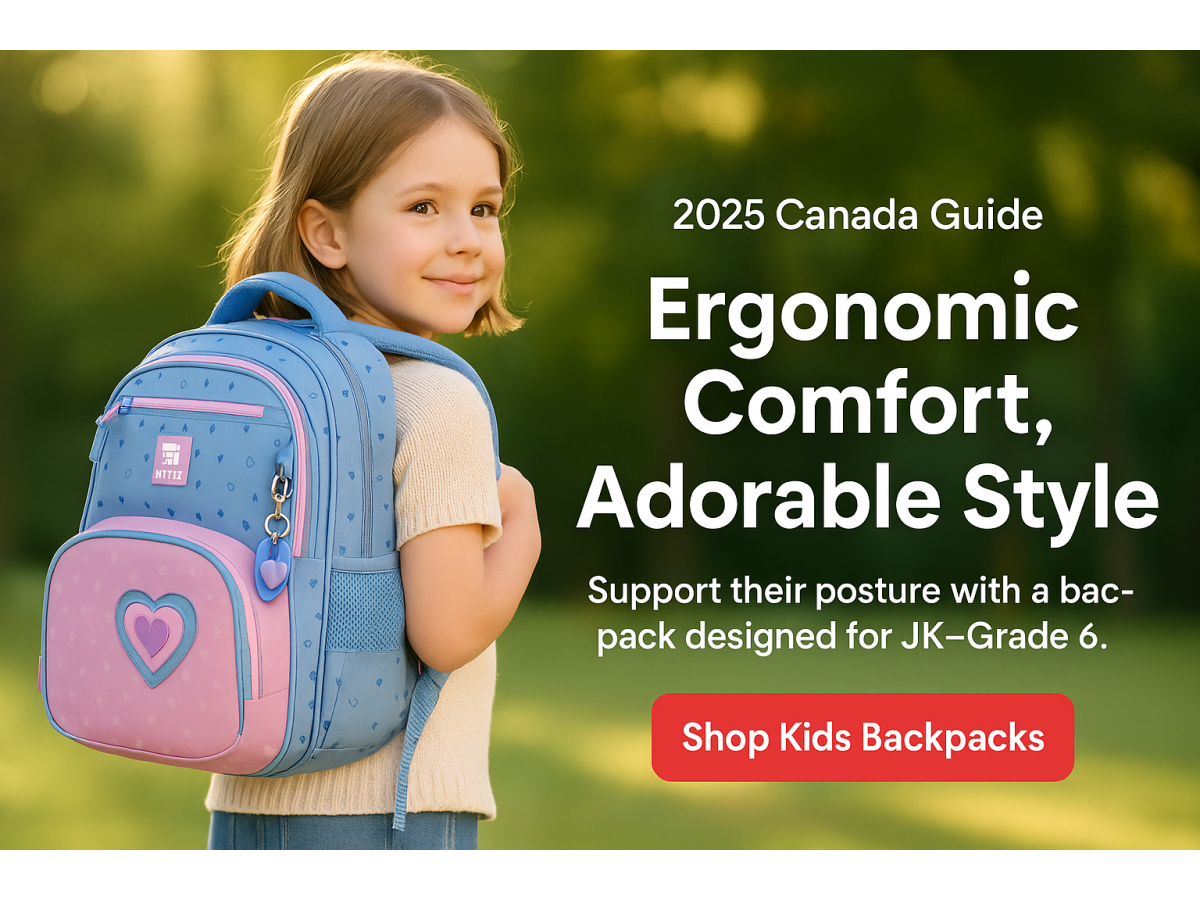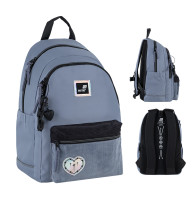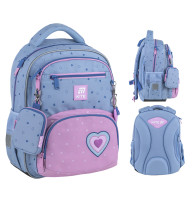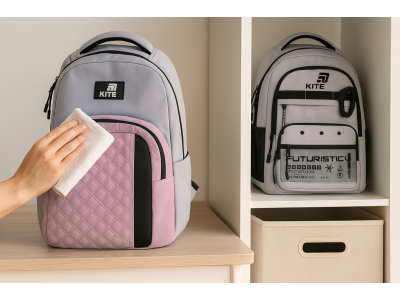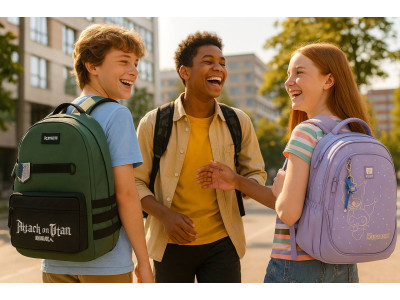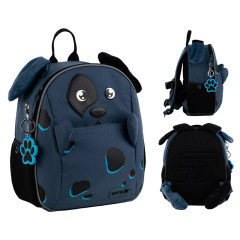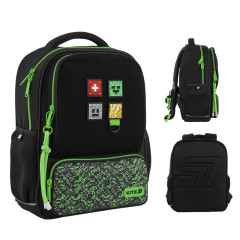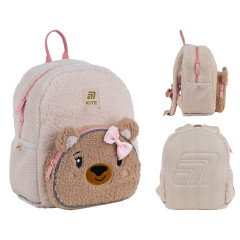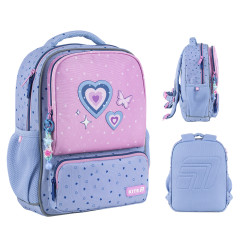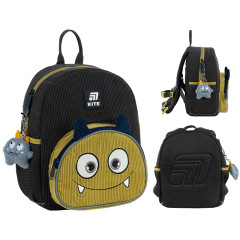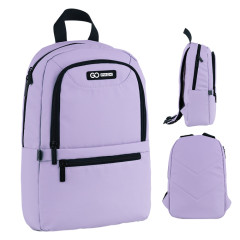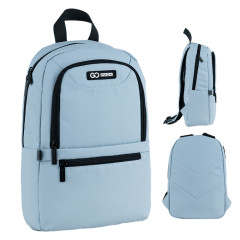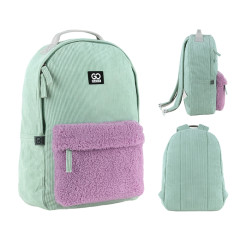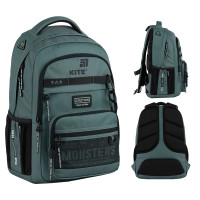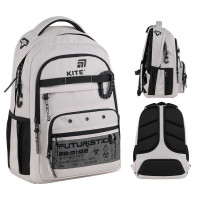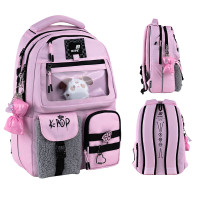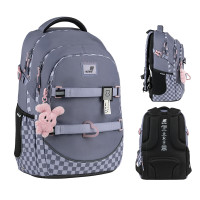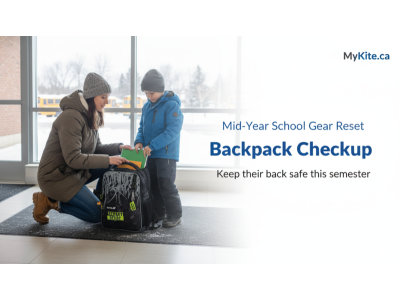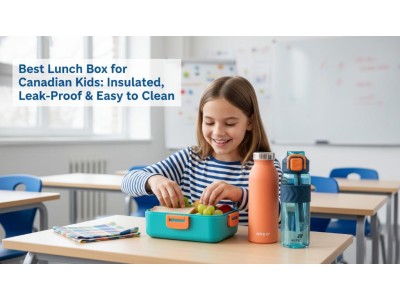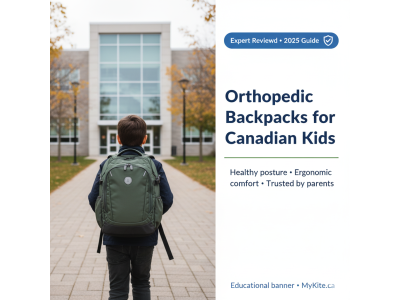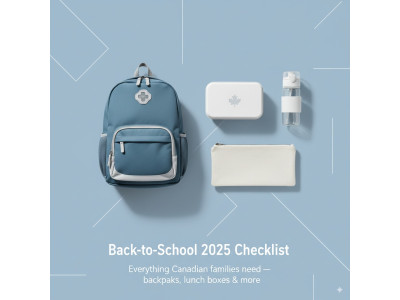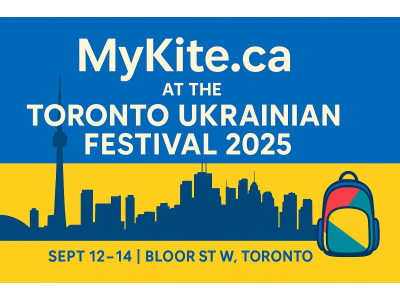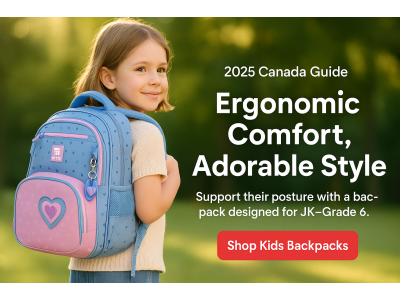Canada’s 2025 Guide to Ergonomic Kids’ Backpacks
By MyKite Editorial Team • Updated: August 14, 2025
As parents, we want the best for our kids — including protecting their health as they grow. With school back in session, choosing the right backpack is more important than ever. A poorly chosen bag can lead to back, neck, and shoulder pain and even poor posture. But with so many options available in Canada, how do you find a backpack that’s both cool and comfortable?
Welcome to our 2025 guide, designed specifically for Canadian parents of children in JK through Grade 6. We’ll help you navigate the world of ergonomic kids’ backpacks in Canada so you can choose a lightweight, posture‑supporting design that fits properly without sacrificing style.
What Makes a Backpack “Ergonomic”?
The term “ergonomic” can sound technical, but it’s simple: an ergonomic backpack is designed to fit the human body, not the other way around. It distributes weight evenly and minimises stress on a child’s developing spine and muscles.
Core benefits of ergonomic kids’ backpacks:
- Even weight distribution across both shoulders and closer to the spine.
- Reduced pressure on the back, shoulders, and neck during long school days.
- Posture support that helps prevent hunching and forward‑leaning habits.
- Comfort and safety even over winter clothing and coats typical in Canada.
Why Ergonomics Matter for JK–Grade 6
JK through Grade 6 are crucial years for growth. Bones, muscles, and posture patterns develop quickly, and repeated strain from a heavy or ill‑fitting backpack can have real effects.
- Muscle strain & back pain: Carrying too much or wearing a bag on one shoulder leads to fatigue and soreness.
- Posture changes: Kids may lean forward or hunch to compensate for weight; over time, this can become a habit.
- Balance issues: An unbalanced or low‑hanging pack increases the risk of trips and falls, especially on stairs.
Choosing an ergonomic kids’ backpack in Canada is an investment in long‑term comfort, posture, and confidence.
Backpack Size & Weight Guide (Canada, JK to Grade 6)
One of the biggest mistakes is buying a backpack that’s “room to grow.” Oversized bags hang too low and can’t distribute weight properly. Use this age‑based guide to find a closer fit, then adjust by height and clothing layers.
| Grade Level | Approx. Age | Backpack Height | Volume (Litres) | Max Load (10–15% of Body Weight) |
|---|---|---|---|---|
| JK–SK | 4–6 years | 30–36 cm | 5–10 L | ~1.5–2.5 kg |
| Grades 1–3 | 6–9 years | 36–40 cm | 10–15 L | ~2.5–3.5 kg |
| Grades 4–6 | 9–12 years | 40–45 cm | 15–20 L | ~3.5–4.5 kg |
Fit tip: The bottom of the backpack should sit 2–5 cm above the waistline (top of the hips) and should not be wider than the shoulders. Try the fit over a winter jacket to confirm strap range.
Good to know: Aim for a lightweight empty bag (under ~1.0 kg for older kids, and less for JK–SK), and encourage weekly clean‑outs to remove non‑essentials.
The 10–15% Weight Rule (with Examples)
Health guidance recommends a child’s loaded backpack should weigh no more than 10–15% of body weight. Examples:
- 20 kg child: 2.0–3.0 kg total load
- 30 kg child: 3.0–4.5 kg total load
- 40 kg child: 4.0–6.0 kg total load
Pack smart: place the heaviest items closest to the back, use compartments to prevent shifting, and avoid carrying “just in case” items every day.
Key Ergonomic Features to Look For (Ergonomic Kids’ Backpack Canada)
Once you have size and weight under control, focus on these features for everyday comfort and posture support:
- Padded, wide shoulder straps: Distribute weight evenly and prevent digging into shoulders. Avoid thin, narrow straps.
- Contoured, breathable back panel: Cushioning protects the spine from hard items; airflow channels reduce sweat.
- Adjustable chest (sternum) strap: Keeps shoulder straps from slipping and stabilises the load.
- Waist/hip belt: Transfers a portion of the load to the hips, which are better suited to carry weight.
- Lightweight, water‑resistant materials: Canadian weather can change quickly — keep contents dry without adding heaviness.
- Compact, close‑to‑back design: The pack shouldn’t hang below the waist or exceed shoulder width.
- Reflective elements: Improve visibility during darker winter mornings and evenings.
- Organised compartments: Help distribute weight and keep essentials easy to find (lunch, water, supplies).
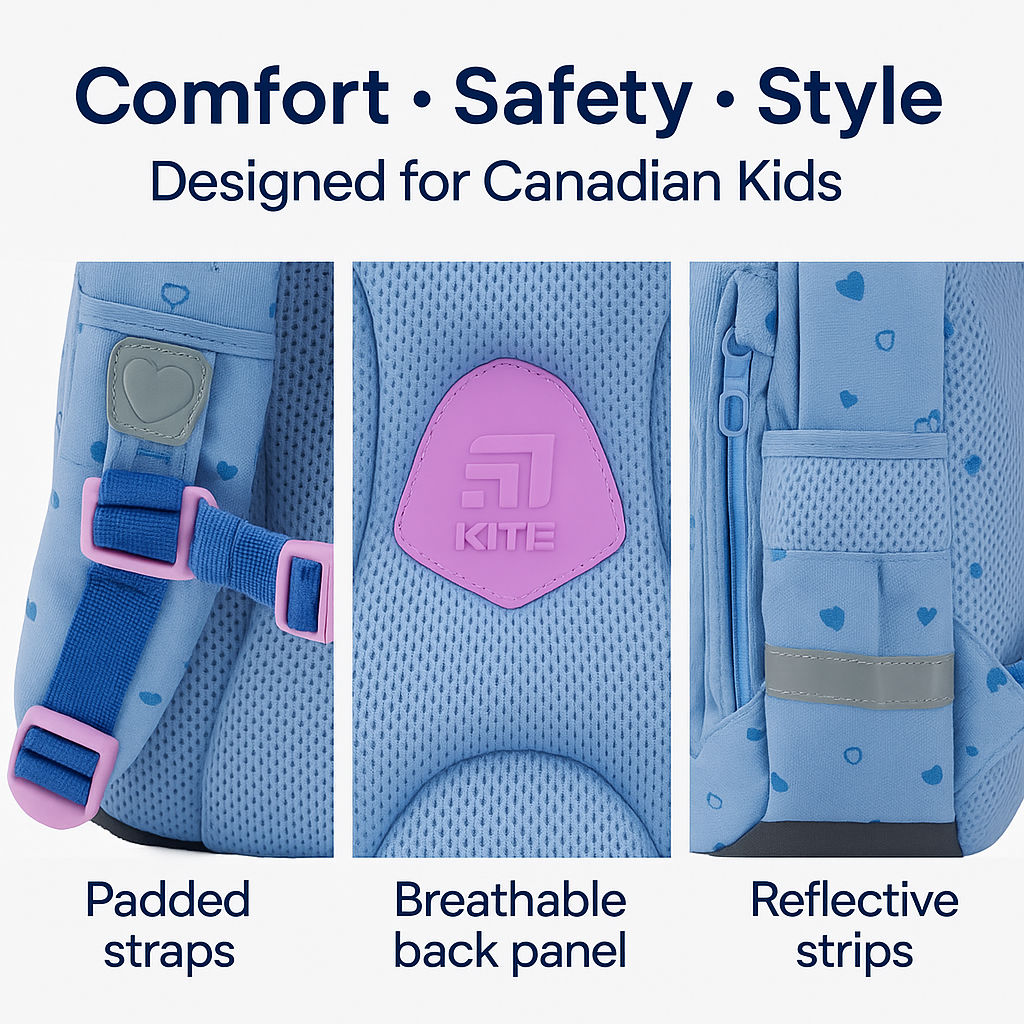
How to Wear & Adjust an Ergonomic Kids’ Backpack (Winter‑Ready)
Even the best ergonomic backpack won’t help if it’s worn the wrong way. Teach your child these simple steps:
- Use both straps: One‑shoulder carrying creates imbalance and strain.
- Snug, not tight: Adjust so the pack sits high and close, 2–5 cm above the waist.
- Clip chest & waist straps: Stabilises the load and shifts weight to the hips.
- Seasonal adjustments: Loosen over winter coats; re‑tighten in spring/fall.
- Pack heaviest items closest to the back panel: Keeps the centre of gravity close to the body.
Style vs Function: Choosing Designs Kids Love
Kids want a backpack that looks cool; parents want support and durability. Fortunately, you can have both. Many ergonomic models are available in a wide range of colours and patterns — from bold graphics to cute animals — so your child feels confident wearing it properly every day.
Look for brands offering ergonomic construction without compromising on appearance. When kids love the design, they’ll wear it correctly and keep it on both shoulders.
Extra Tips for Canadian Parents (Visibility, Privacy, Organisation)
- Visibility in low light: Choose reflective accents for darker winter mornings and afternoons.
- Label safely: Put your child’s name inside the bag for privacy.
- Organised storage: Multiple compartments keep weight close to the spine and reduce shifting.
- Weekly reset: Clear non‑essentials; keep only what’s needed for that day.
Popular Accessories to Pair with Backpacks
Pairing the right accessories with a kids’ ergonomic backpack keeps mornings smoother and weight better distributed:
- Matching Pencil Cases keep school supplies in one place.
- Insulated Lunchboxes help keep food fresh until lunchtime.
- Durable Water Bottles make it easy to stay hydrated all day.
Recommended Ergonomic Kids’ Backpacks (2025 Picks)
At MyKite.ca, we focus on ergonomic designs that balance posture support, durability, and great style. Here are a few popular options, organised by age/grade range:
- Kite Flexi‑Support (Preschool & JK): Super lightweight with a padded anatomical back panel and adjustable chest strap. Compact size fits a change of clothes, snack, and small essentials — perfect for early learners.
- Kite Ergo‑Pro ~15 L (Grades 1–3): Wide, cushioned S‑shaped straps fit comfortably over shoulders. Chest and waist straps add stability for a few books and a lunch box. Organised pockets keep weight close to the back.
- Kite Tech‑Lite ~20 L (Grades 4–6): Reinforced bottom and multiple compartments for heavier days. Airflow back system for comfort; ergonomic structure keeps fit secure even with more books and tech.
Explore our full range in the Kids Backpacks collection, with designs to match every age and taste.
Shipping & Pickup (Canada/US)
We offer fast shipping across Canada and the US, plus convenient free GTA pickup. Choose the option that works best for your family at checkout.
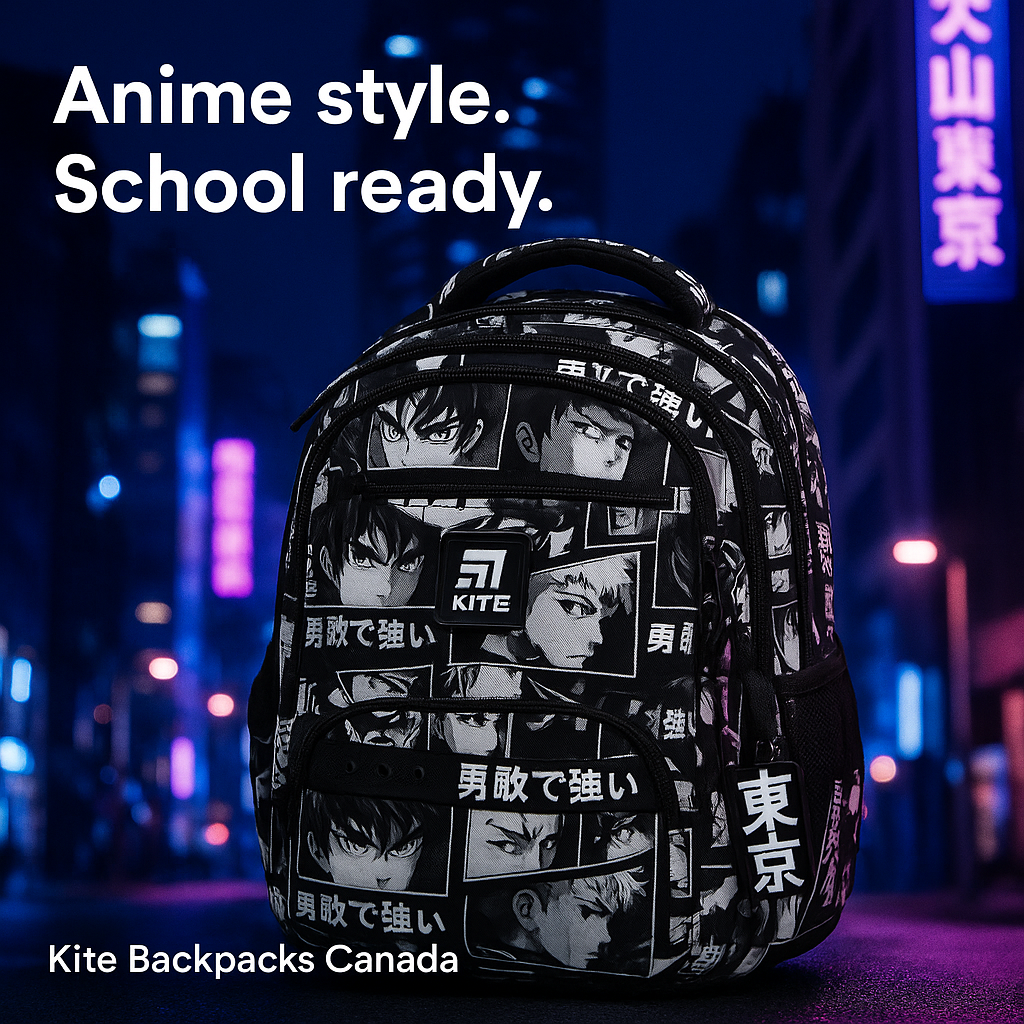
Ready to Find the Perfect Fit?
Fast Canada/US shipping • Free GTA pickup
Shop Preschool (JK–SK) |
Shop Grades 1–3 |
Shop Grades 4–6
FAQs
My child complains of back pain. Is it the backpack?
It could be. First, check that the load stays within the 10–15% rule. Then verify the fit: the bag should sit 2–5 cm above the waist, with both straps used and the chest strap clipped. If pain persists, consult a healthcare professional.
What’s the difference between an ergonomic backpack and a regular one?
An ergonomic backpack focuses on posture support and weight distribution: padded, wide straps, a contoured cushioned back panel, and stabilising chest/waist straps. Regular bags may look similar but often lack these structural features.
When should I buy a new backpack?
Replace the backpack if it hangs below the waist, is wider than the shoulders, lacks support features, or shows wear (broken zippers, frayed straps). Re‑check fit every school year and after growth spurts.
How do I clean an ergonomic backpack?
Most backpacks should be spot‑cleaned with mild soap and water. Avoid machine washing unless the care label says it’s safe, as it can affect padding and structure. Air dry completely before use.
Are reflective elements really necessary?
Yes — especially in Canadian winters with shorter daylight hours. Reflective strips or panels improve visibility for early mornings and late afternoons.
Written by the MyKite Editorial Team in collaboration with Canadian physiotherapist Maria Ivanova (PT, MSc). Reviewed August 2025.
Medical disclaimer: This guide is informational only and not a substitute for professional advice. If your child has ongoing discomfort, please speak with your doctor or physiotherapist.
In Short — Why Ergonomic Backpacks Matter
- Keep total backpack weight within 10–15% of body weight.
- Use both shoulder straps and secure the chest/waist belts.
- Choose lightweight, close-to-back designs with padding and airflow.
- Reflective elements are essential for Canadian winter safety.
Designed by MyKite.ca — Canadian expert in ergonomic school gear, 2025.
